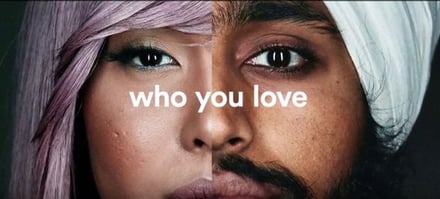
Super Bowl LI is in the books, and according to FOX, it was the most-watched television program in U.S. history, with more than 172 million viewers. As the Falcons and Patriots made history on the field, there was plenty of non-football conversation surrounding what, for many, is the real star of the game—the commercials.
With a 30-second ad buy costing a reported $5 million, there is an immense amount of pressure on advertisers to bring their best efforts to the table. After all, with an audience in the hundreds of millions, along with the after-Sunday breakdowns of the best and worst commercials, these ads garner enormous attention.
So what were some key takeaways from the 2017 class of Super Bowl commercials? Here are some (hardly) scientific analyses of the…erm…Super Bowl of advertising.
- Doritos, which usually has multiple ad buys and typically inserts itself in the conversation for most memorable Super Bowl spots, was conspicuously absent this year.
- There seemed to be a gradual turn away from humor in this year’s Super Bowl crop. There were funny spots (T-Mobile’s homage to “50 Shades of Grey,” Bud Light’s Spuds McKenzie “Christmas Carol”-style story and sexy Mr. Clean come to mind), but the laughs-per-commercial-break ratio felt lower than in years past.
- On the flip side, more ads focused on inclusion, diversity and tugging on the heartstrings.
- Whether intentional or not, several of the ads appeared to be make commentaries on the current political climate. And just like the nation as a whole, this elicited different responses, depending on who you talked to. Some people commended the companies for sending a message beyond “buy our product,” while others found the politics to be inappropriate.
- Similarly, those statement ads were the ones that generated the most controversy. GoDaddy has been the lightning rod in the past due to the sexual nature of its ads, and in 2015, Nationwide’s “Dead Boy” ad was panned as being too dark for the medium. The ads drawing the most controversy this year focused on diversity and immigration. Budweiser and 84 Lumber’s immigration-centric ads, as well as Airbnb’s “We all belong” commercial generated the most social media buzz. In fact, Budweiser’s depiction of founder Adolphus Busch’s immigration to the U.S. has already produced a #BoycottBudweiser
Perhaps we’re experiencing a sea of change where our Super Bowl advertisers are trying to be memorable more for the story their ad tells than the punchline of the jokes. Maybe we’re seeing a shift toward more political content contained in the spots. We live in a time where the traditional TV commercial is losing its value due to cord-cutting, on-demand viewing and DVR, and appointment television is simultaneously becoming a relic of the past. Yet, the Super Bowl is one of the last bastions of broadcast that can deliver a predictably large audience and be relied upon to actually watch the advertisements. It will be interesting to see if these trends continue or are just a flash in the pan dictated by current events.
Airbnb/YouTube screenshot by Chris Matyszczyk/CNET

